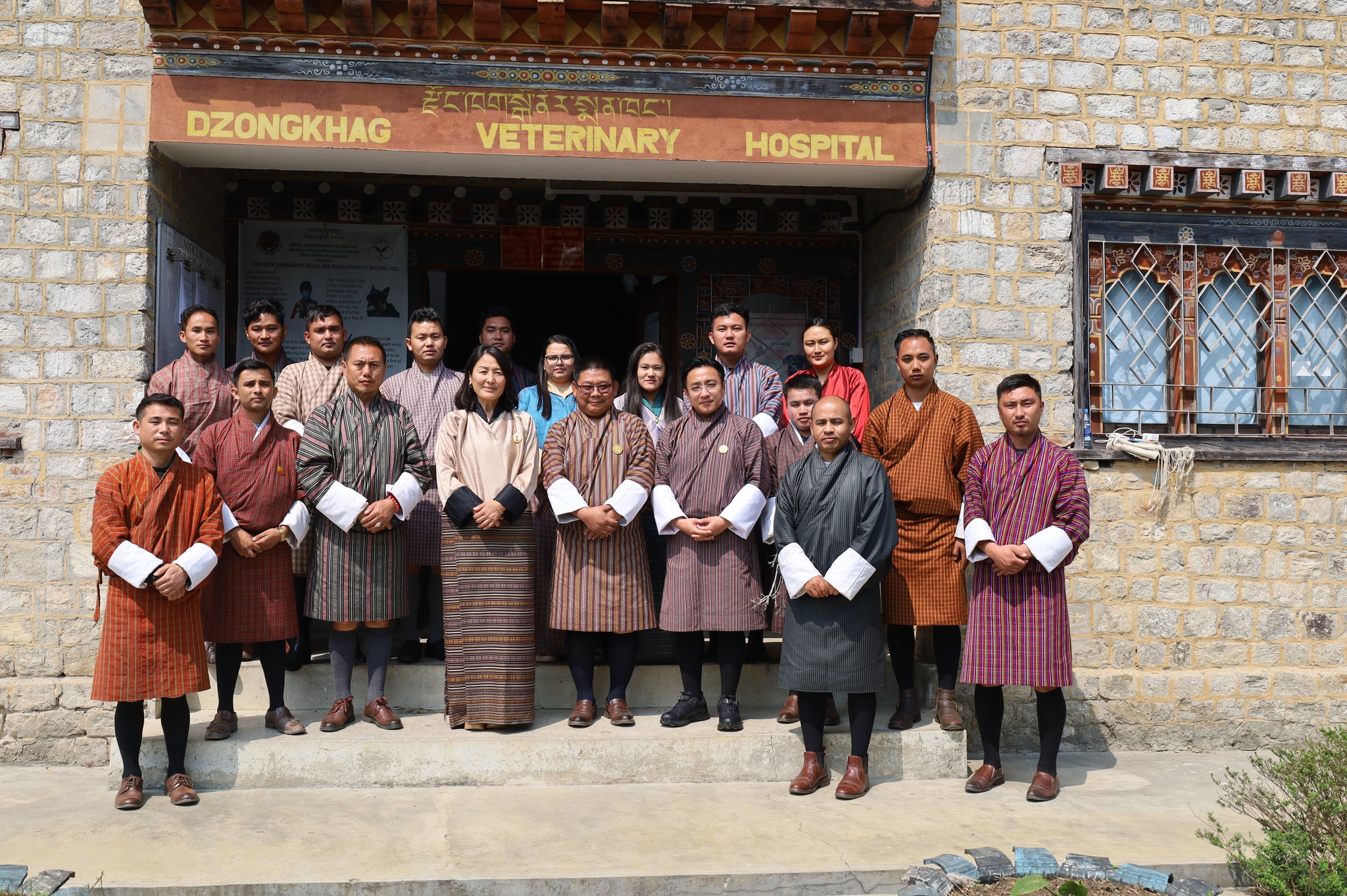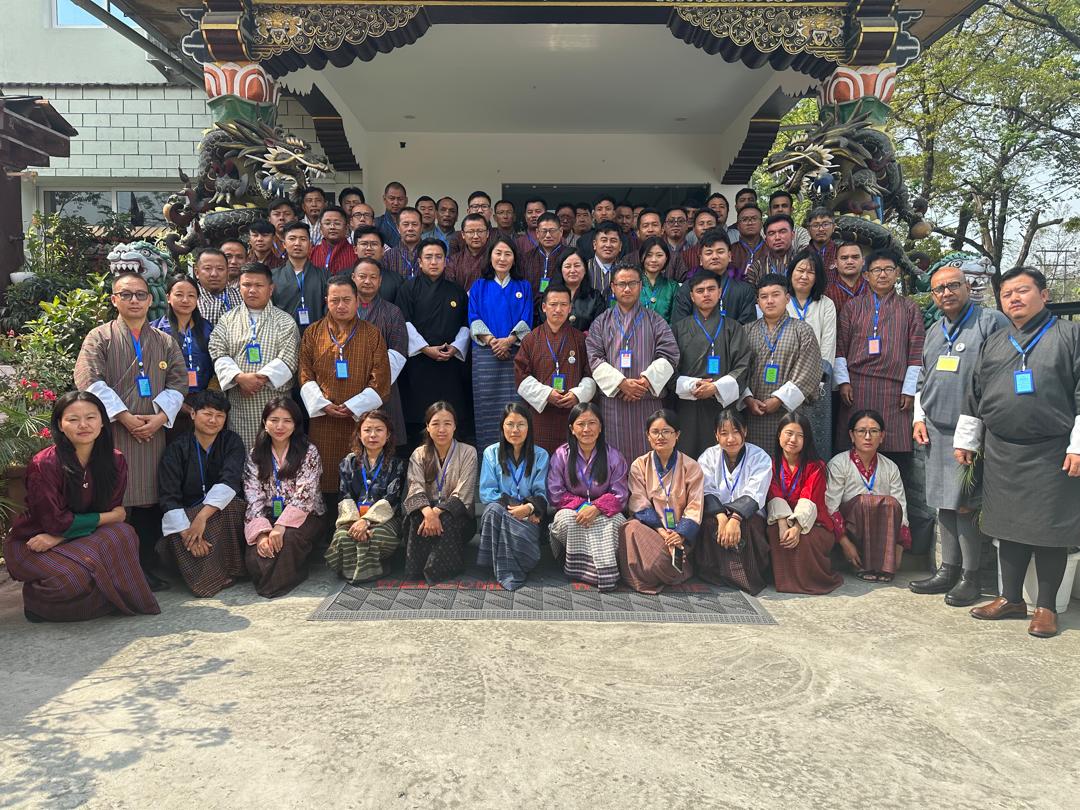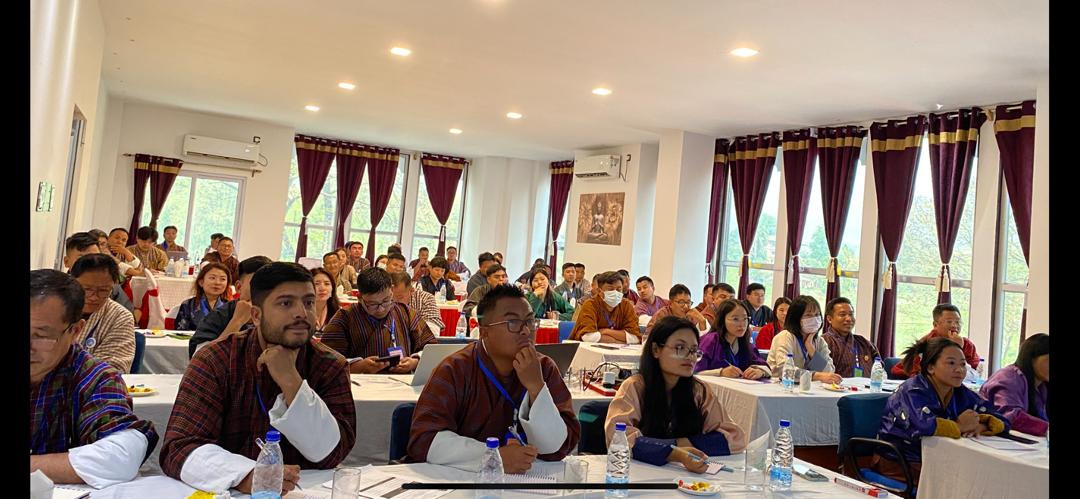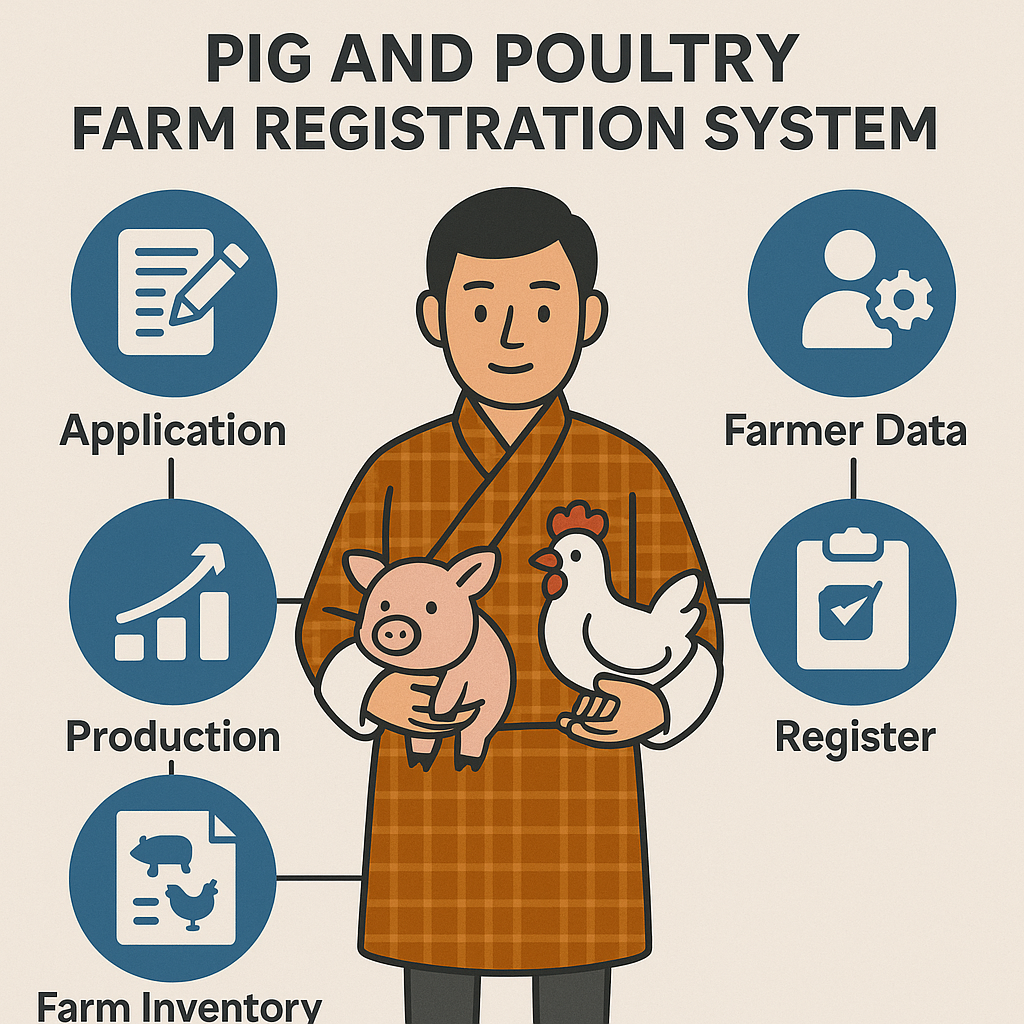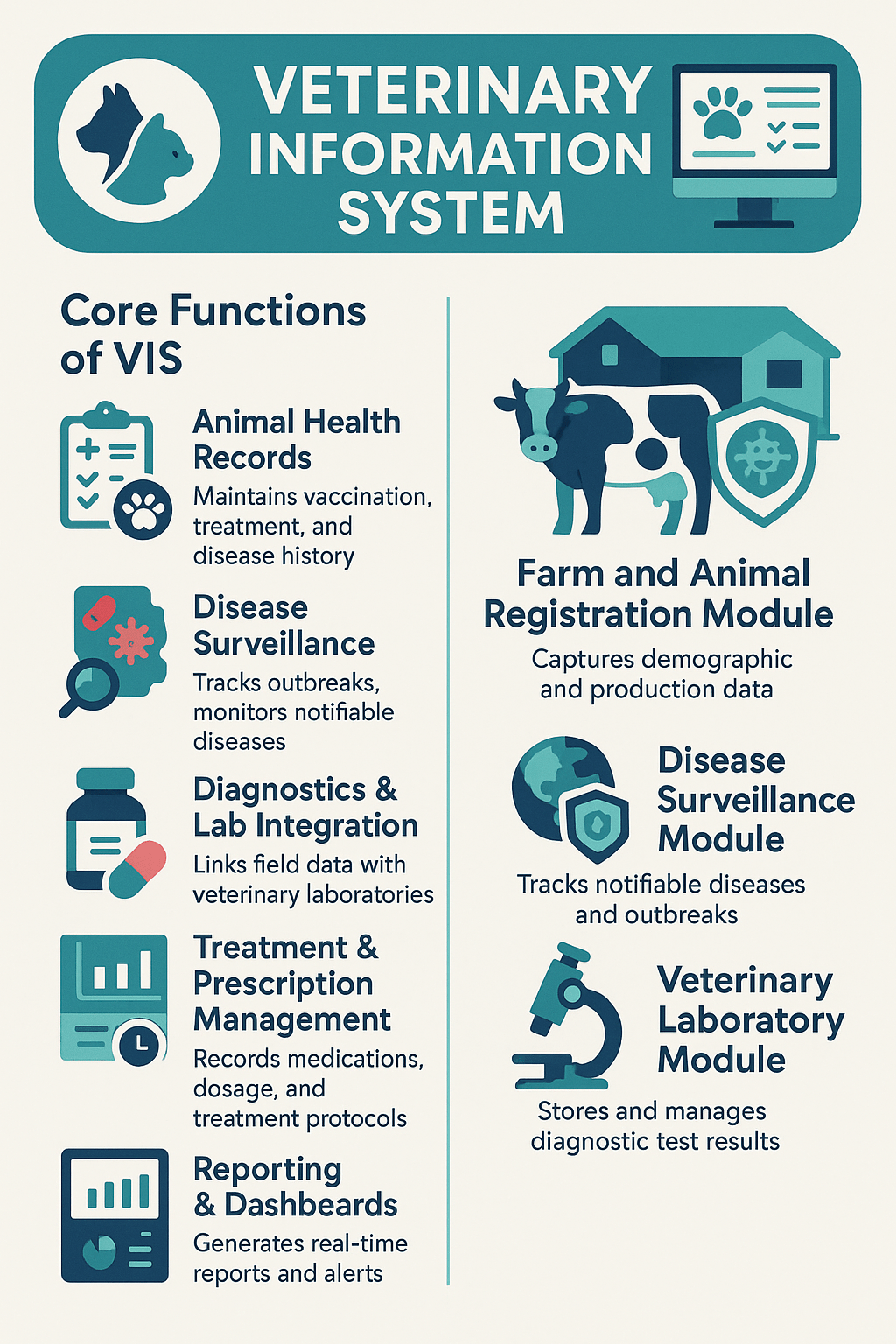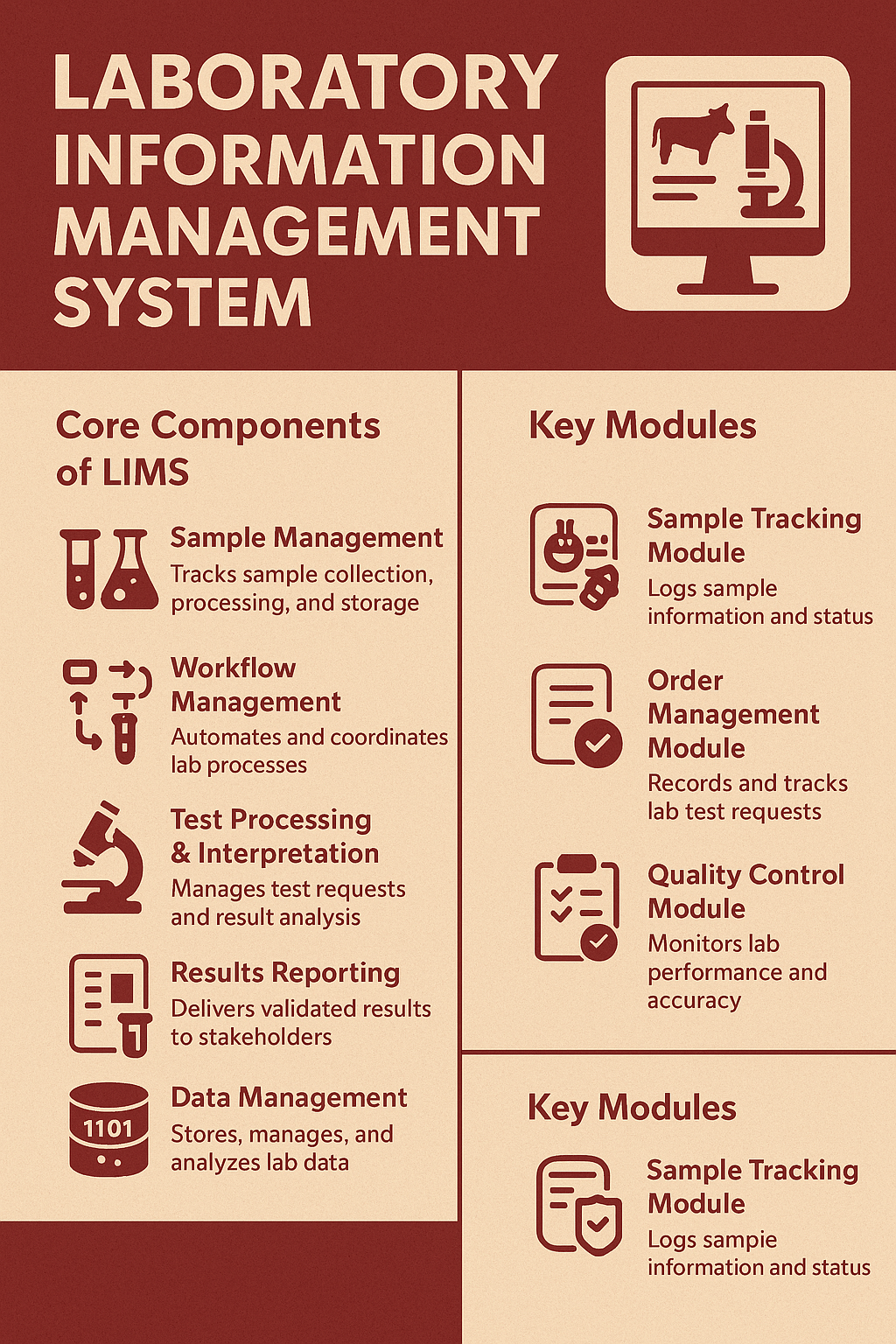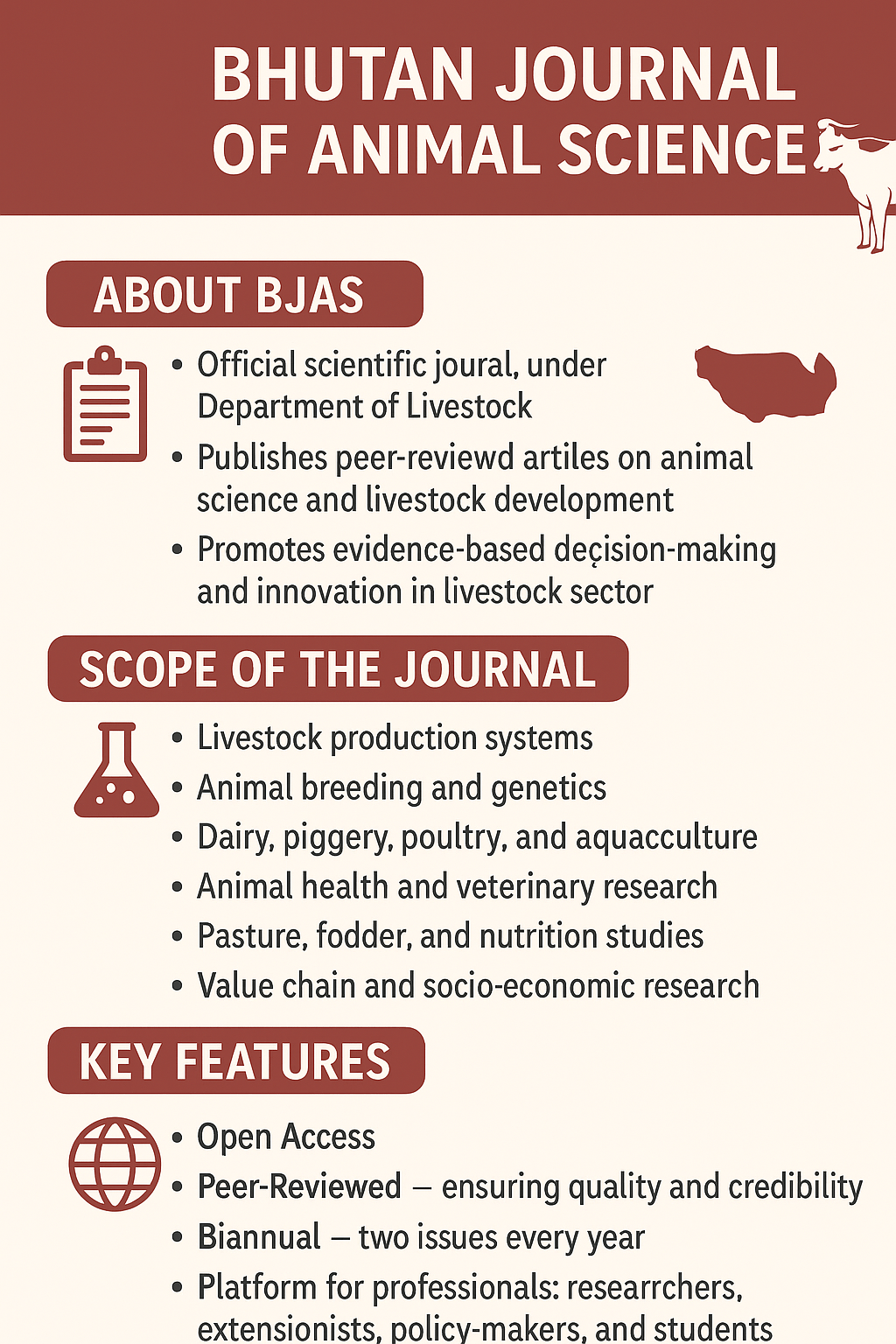The Director of the Department of Livestock successfully completed a five-day official tour to Gelephu and Dagana Dzongkhags. During the visit to Gelephu, the Director met with the second cohort of para-veterinary professionals undergoing a refresher course. She formally graced the closing of their training session, acknowledging their efforts and encouraging continued professional development. Additionally, she inaugurated the third cohort of the para-veterinary paraprofessional training, marking the commencement of their learning journey.
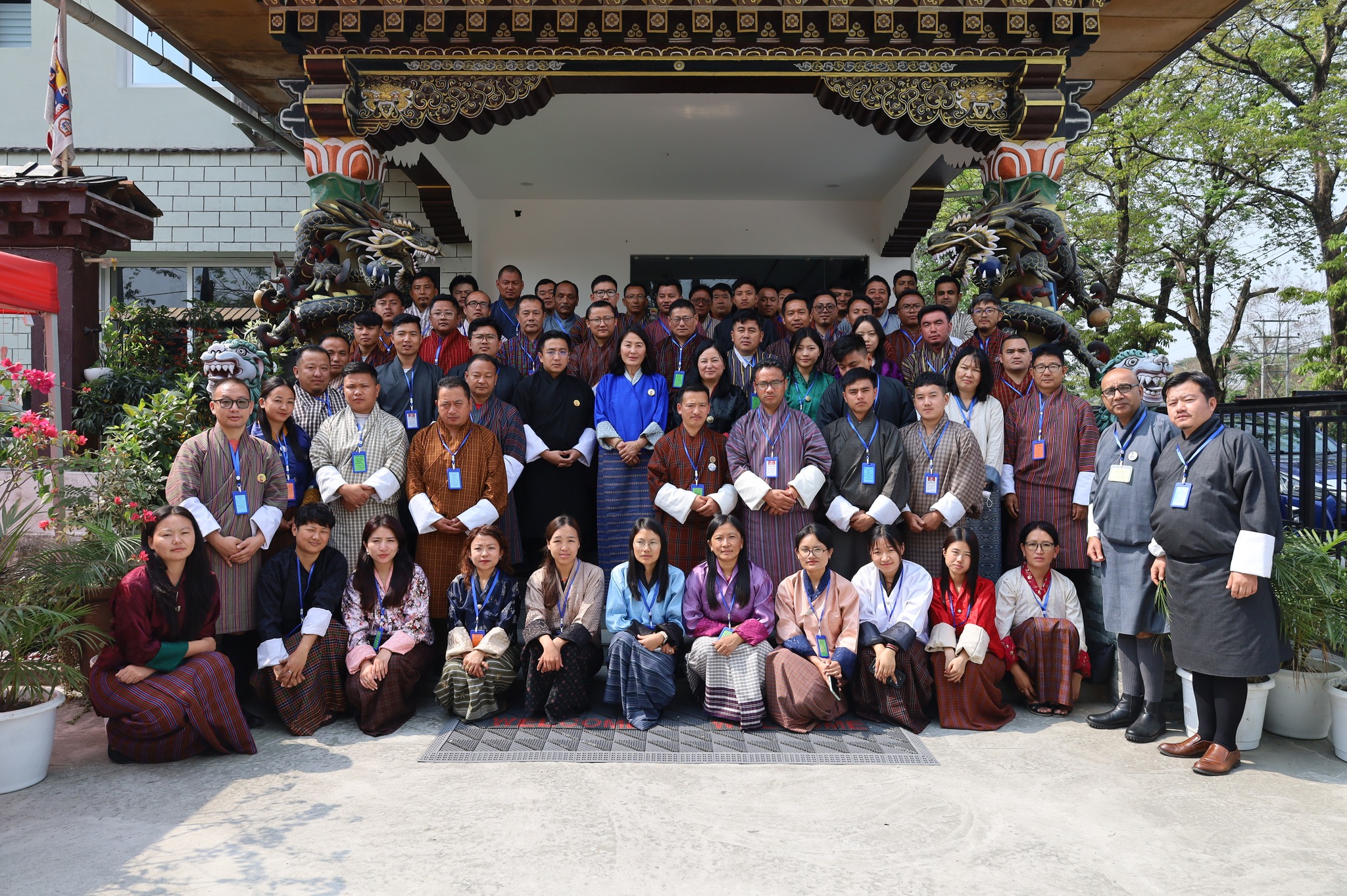
While in Gelephu, the Director also visited the National Centre for Aquaculture and the Regional Veterinary Hospital and Epidemiology Centre (RVHEC) in Gelephu, where she met with the staff and reviewed ongoing activities. She visited the new dog shelter construction site and the turkey farm in Relangthang. The Director also met with the staff of the National Poultry Development Centre to discuss current operations and future plans.
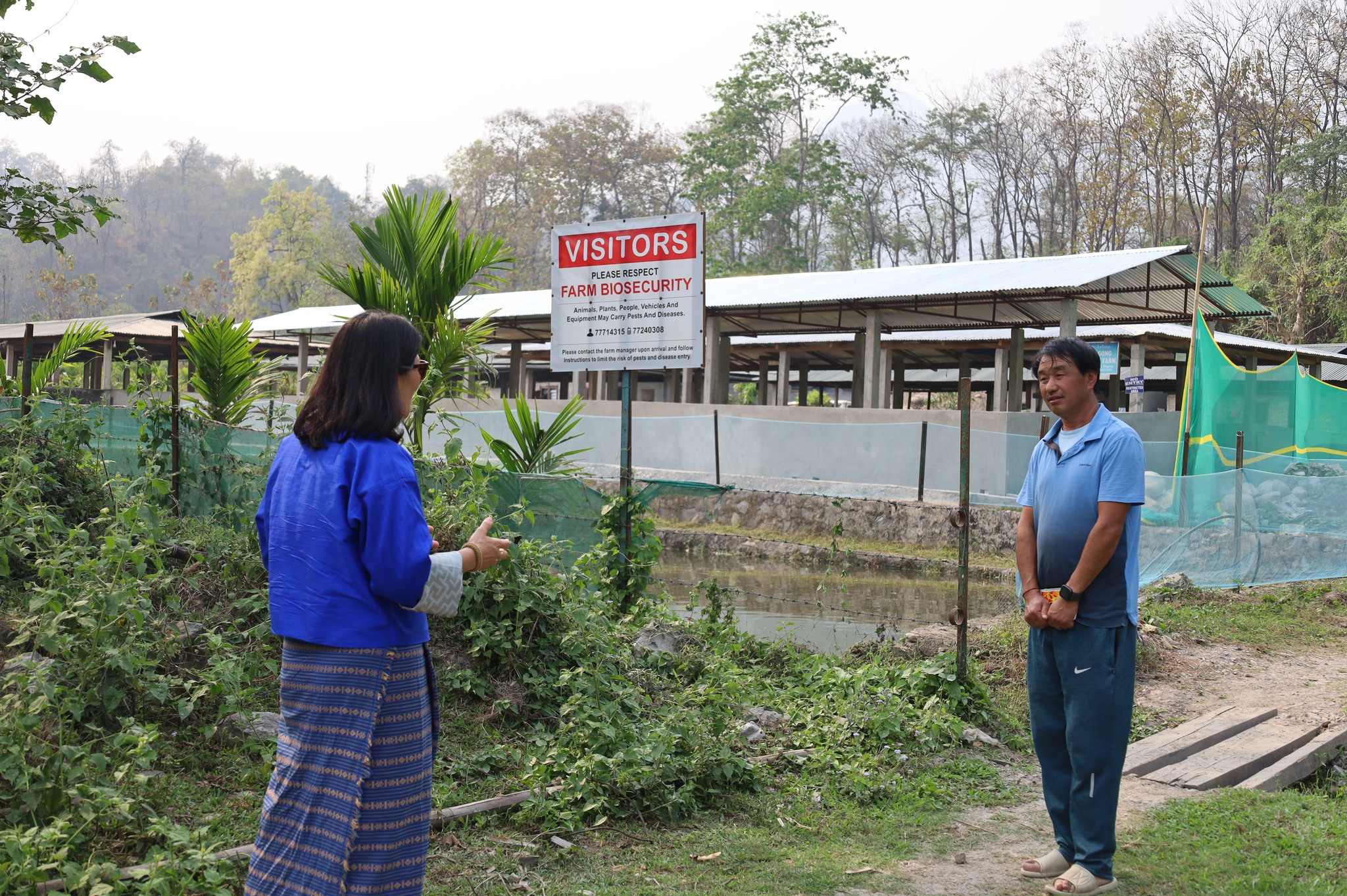
Following her engagements in Gelephu, the Director proceeded to Dagana Dzongkhag, where she held meetings with the Dzongkhag Livestock Sector staff. She also visited local farmers, taking time to interact with them and understand their experiences, challenges, and aspirations. A key part of her visit included a focused session with the technical staff of the Dzongkhag Livestock Sector, where she was briefed on the sector’s key achievements. The Director commended the progress made and shared her insights on the way forward.
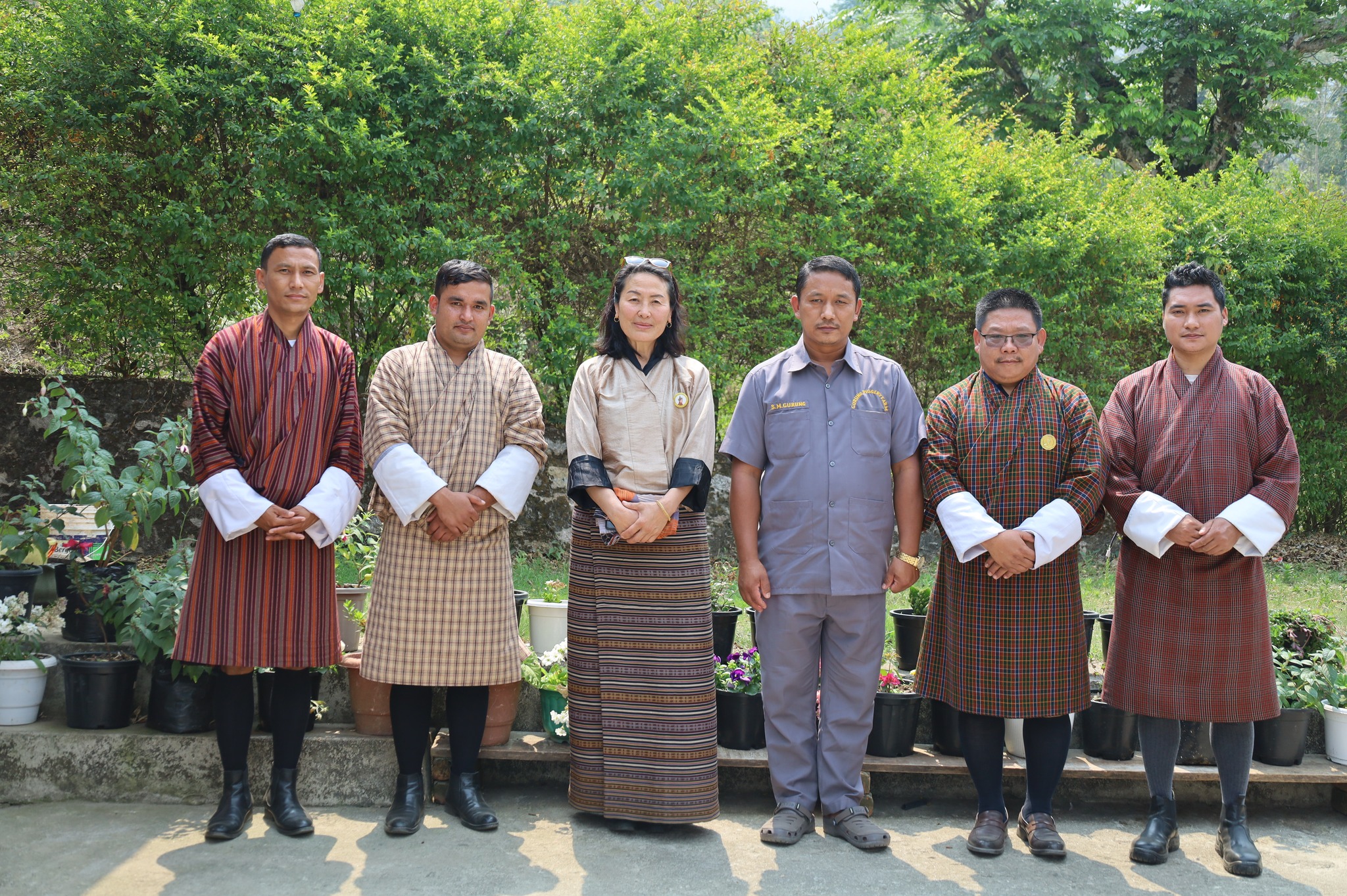
The Director expressed heartfelt appreciation for the contributions made by the Dagana Dzongkhag Livestock Sector (DLS), emphasizing the importance of aligning both individual and collective efforts with the broader sectoral goals. She advocated for the successful implementation of the 13th Five Year Plan, with a particular focus on enhancing economic development alongside ensuring food and nutrition security. Furthermore, she highlighted the importance of setting personal and professional goals, staying motivated, and demonstrating resilience in the face of challenges. She also underscored the need for maintaining high standards and professionalism in the execution of duties, reinforcing the sector’s commitment to excellence and service delivery.
![]()

